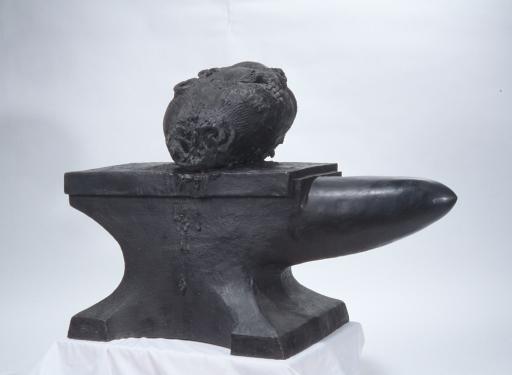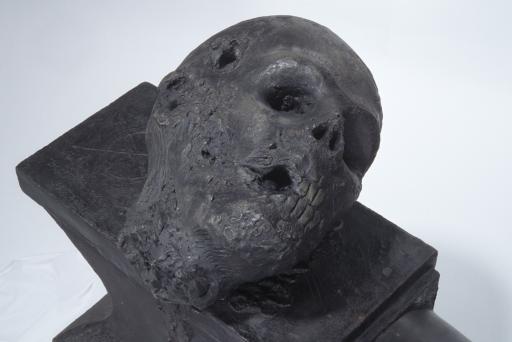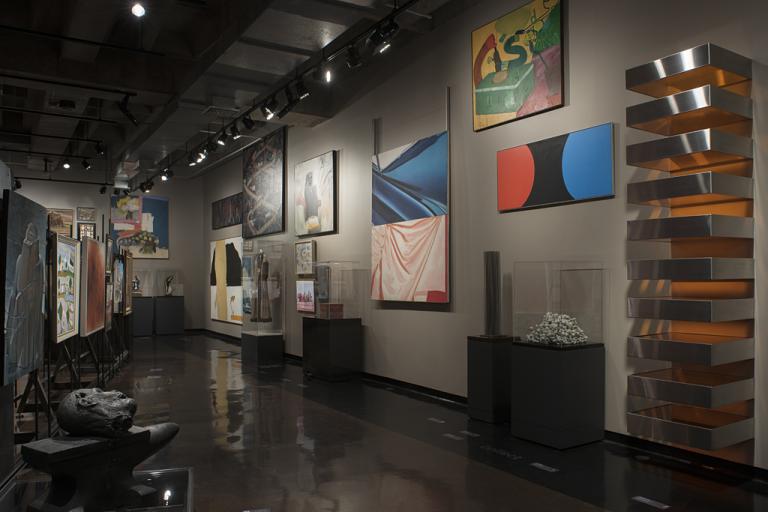Forge, Robert Carston Arneson
Artwork Overview
Robert Carston Arneson, artist
1930–1992
Forge,
1984
Where object was made: United States
Material/technique: bronze
Dimensions:
Object Height/Width/Depth (Height x Width x Depth): 66 x 94 x 40.6 cm
Object Height/Width/Depth (Height x Width x Depth): 26 x 37 x 16 in
Weight (Weight): 150 lbs
Object Height/Width/Depth (Height x Width x Depth): 66 x 94 x 40.6 cm
Object Height/Width/Depth (Height x Width x Depth): 26 x 37 x 16 in
Weight (Weight): 150 lbs
Credit line: Museum purchase: Peter T. Bohan Art Acquisition Fund
Accession number: 1994.0037
On display: Michaelis Gallery
If you wish to reproduce this image, please submit an image request







